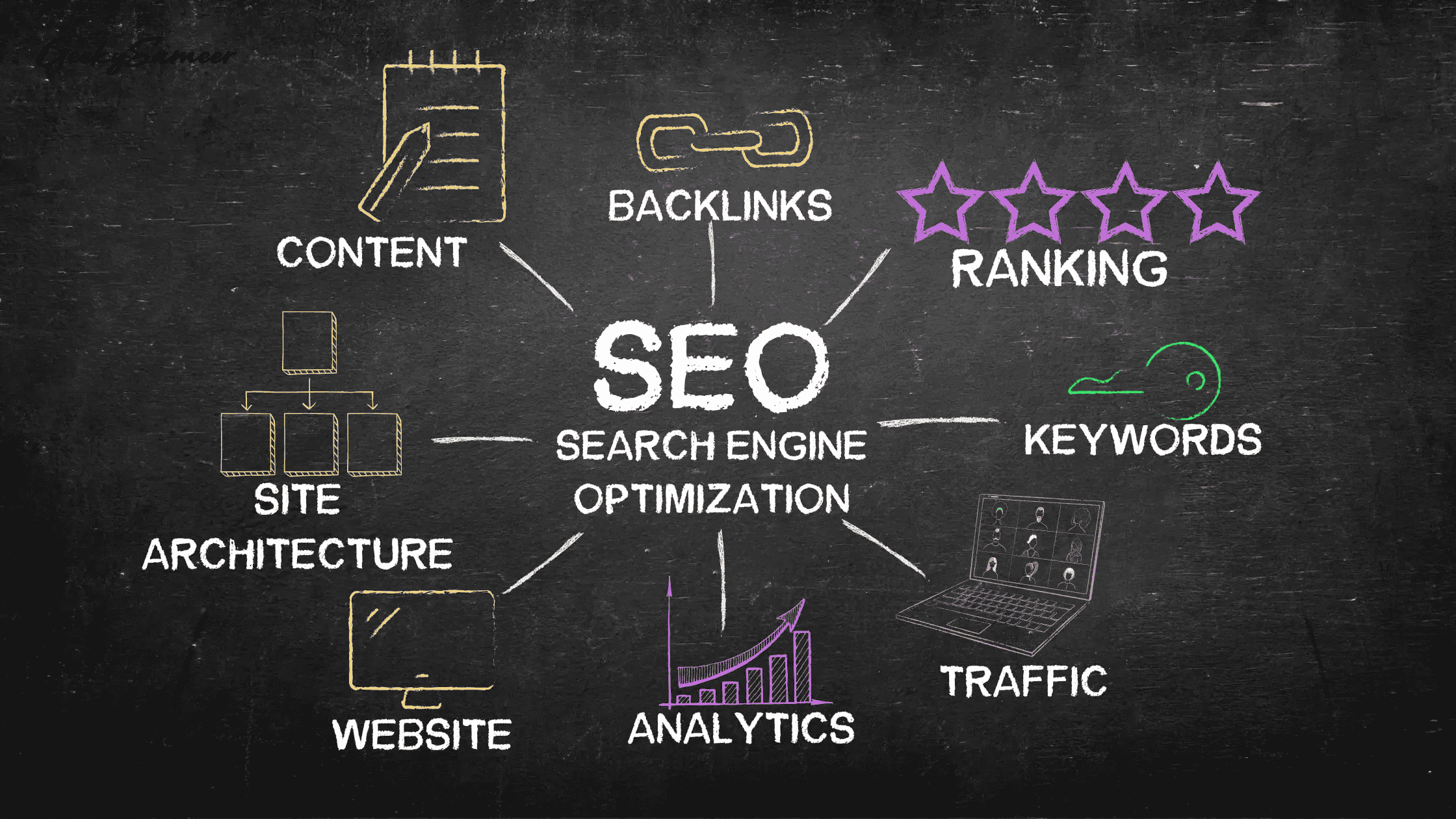Utilizing Social Media For E-commerce Link Building: 7 Tips And Tricks
In today’s digital world, link building is crucial for driving traffic and sales for e-commerce businesses. Link building refers to obtaining hyperlinks from other websites that point back to your site. These links are called backlinks, which signal to search engines that your content is valuable.

Social media offers a huge opportunity for e-commerce link-building. With many active users, social platforms allow you to tap into vast audiences and encourage viral content sharing. In this article, we’ll explore some practical tips to leverage social media for acquiring high-quality backlinks.
Focus on creating killer content
Quality content is one of the crucial factors that enhances the effectiveness of e-commerce link-building. You must create top-notch posts, videos, and images that resonate with your target audience and prompt them to hit that share button.
For e-commerce stores, compelling content ideas include:
a. Product reviews: Showcase the features of your items with demos and close-up footage. Provide balanced pros and cons.
b. Tutorials: Teach people how to use your products in creative ways. Production value is key here.
Understanding your audience’s interests and preferences is important when developing content ideas. Look into the types of content and formats they respond to best. Additionally, use interactive content, such as quizzes and surveys, as it’s more likely to increase engagement. A recent survey proved that readers spent four minutes more on interactive content than static content, with the former seeing 52.6% more engagement than the latter.
Partner with link-building services
Link-building services can drive success in backlink acquisition on social media. Service providers often have established networks of websites and influencers within several market segments, offering the potential for quick, targeted backlink growth.
With careful vetting, you can find a suitable service provider to save you significant time and resources. Link-building experts typically possess valuable experience and insights into quality link-building strategies and tactics. They produce transparent, tailor-made strategies that prioritize the acquisition of natural, high-quality backlinks.
Once you’ve narrowed down your list of prospects, look into their pricing structures to know whether they fit your budget. There are various affordable options to choose from that will still deliver high-quality e-commerce backlinks without breaking the bank. Steer clear of services offering bulk ‘guaranteed’ links, as these tactics often violate search engine guidelines and could result in penalties for your website.
Know the right platforms
With so many social media sites, you must focus on the platforms frequented by your audience. A visual industry like fashion or home decor would thrive more on visually driven sites like Instagram and Pinterest. Text-heavy industries like legal services and academic publishing, on the other hand, may gain traction by hosting Twitter chats or LinkedIn discussions around their specialty.
Take some time to analyze your target customer persona their demographics, preferred networks, and the types of content they view and share. Then develop platform-specific strategies. For example, teen fashion lovers are active on Instagram and TikTok, sharing haul videos and outfit photos. But middle-aged women may join Facebook groups for style tips and connect over common interests.
When identifying the right platforms, look beyond surface demographics too. Check the analytics to see the referral traffic sources and tap into related online communities, bloggers, and hashtags. Successful strategies are often a combination of quantitative data and a qualitative understanding of your audience’s digital footprint.
Leverage influencer marketing
Influencer marketing can give your brand a major boost. Statistics show that over 50% of millennials find influencer recommendations more engaging than other forms of digital advertising, making them a crucial part of a link-building strategy.
The key is partnering with relevant nano- or micro-influencers maybe a popular craft blogger if you are a crafts seller or an athlete if you’re a shoemaker. When reaching out to potential partners, focus on creating a win-win collaboration. Appeal to their interests and demonstrate how your brand aligns with theirs. Offer to co-create content that’s exciting for them.
Upon finding the right fit for your brand, have them feature products on their social channels through giveaways or incentivized posts. Also, ensure they promote your e-commerce store so that you can tap into their follower base.
Get creative with contests and campaigns
Contests, giveaways, and viral challenges incentivize people to share and engage with your brand. You can encourage participants to tag your business or use a campaign hashtag on their social media posts for a chance to win prizes.
User-generated content campaigns are also effective. For example, you can invite customers to style your products and share photos of the final output on Instagram. Feature some of the pictures on your website or feed with links directing people back to the original post. To maximize impact, you can hold these contests and campaigns during major holidays, annual events, or product launches.
Promote them across your social channels through eye-catching graphics, videos, and influencer partnerships to drive awareness. Craft campaign terms and conditions carefully as well. Set clear submission guidelines, usage rights, and selection criteria to ensure everything is clear. Have exciting but cost-effective prizes to incentivize quality entries that align with your goals.
Encourage more user-generated content
Speaking of UGC, you should actively encourage reviews, unboxings, style photos, and other customer-created content related to your products. UGC is authentic, which increases its appeal to prospective customers.
Sharing great UGC on your channels shows customers you value them as part of the brand community. Remember, about 90% of consumers say UGC influences their purchasing decisions more than promotional emails and search engine results do.

Make UGC creation and submission easy through user-friendly interfaces on your website and social media profiles. Share samples of successful posts to inspire customers. Promote select UGC widely across owned channels with credit and links back. Sometimes, customers need a little nudge to share their love for your brand publicly. Execute small ‘nudge campaigns’ with email or app pushes, inviting customers to share their opinions about your products.
Track your performance
It all comes down to data. Use each platform’s built-in analytics to gauge how well your social efforts work. Determine the types of content that are shared the most on each platform. Keep experimenting and doubling down on what converts. Choose two or three key performance indicators (KPIs) per platform. Common examples of relevant KPIs include click-through rates on links and hashtag uses for awareness, traffic referral sources for content shares, and link-influenced conversions for ROI.
You can skip the vanity metrics (e.g., follower count and page views) because they may not be able to produce valuable information for analyzing performance. Compare performance pre- and post-campaigns as well to determine whether your strategies are effective or need tweaking. Tools like Google Analytics and UTM link tagging allow you to track users’ journeys from social posts to your site. Regularly review analytics based on your business needs. This will enable you to respond to feedback and iterate on content and messaging while campaigns run.
Summary
By mastering social media link building with these practical tips, you can grow your e-commerce store’s visibility and authority. Just remember, great content focuses on solutions rather than sales pitches. Therefore, develop relationships, encourage community engagement, and deliver ongoing value on your social media platforms and partnerships. You’ll get quality backlinks, and organic growth and sales will follow.






